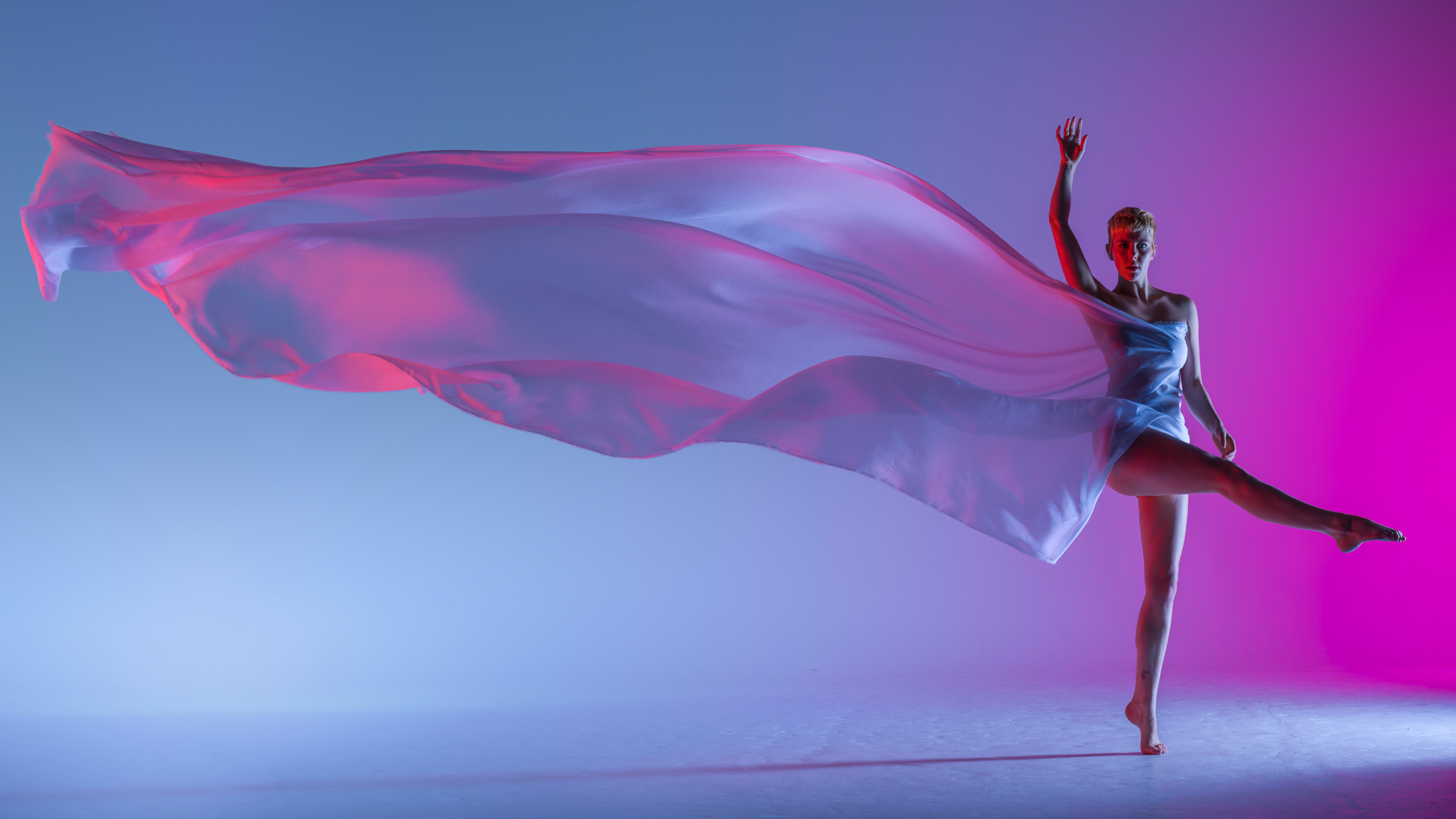
If I’m not shooting to a brief for a client, I’ll shoot just for kicks – I suspect that’s not unusual for a lot of photographers! I just love making images.
I’m lucky to know lots of creatives, performers and visual artists who are invariably full of ideas – or are at least amenable to mine – so I’ve no shortage of inspiration and projects that keep me constantly busy and trying to improve my craft year on year. Combined with my recent move to InCamera Studios in Bristol, England, I have ample space and opportunity to experiment without compromise. I get to have a lot of fun and learn new tricks that I can employ in my professional work.
• Looking for the best Nikon cameras?
The simplicity in some of my images is primarily because I often have a look, feel or a lighting technique in mind, but little or no budget. When I start planning for a project, I’ll ask my chosen team of collaborators to think it through and offer their perspective. With little money for materials or wardrobe, I’ll usually find cheap or free options to work with, but these restrictions are often where I am motivated and most creative. Dance is an incredibly challenging genre, but one I love to shoot.
Top tips for shooting dance and movement
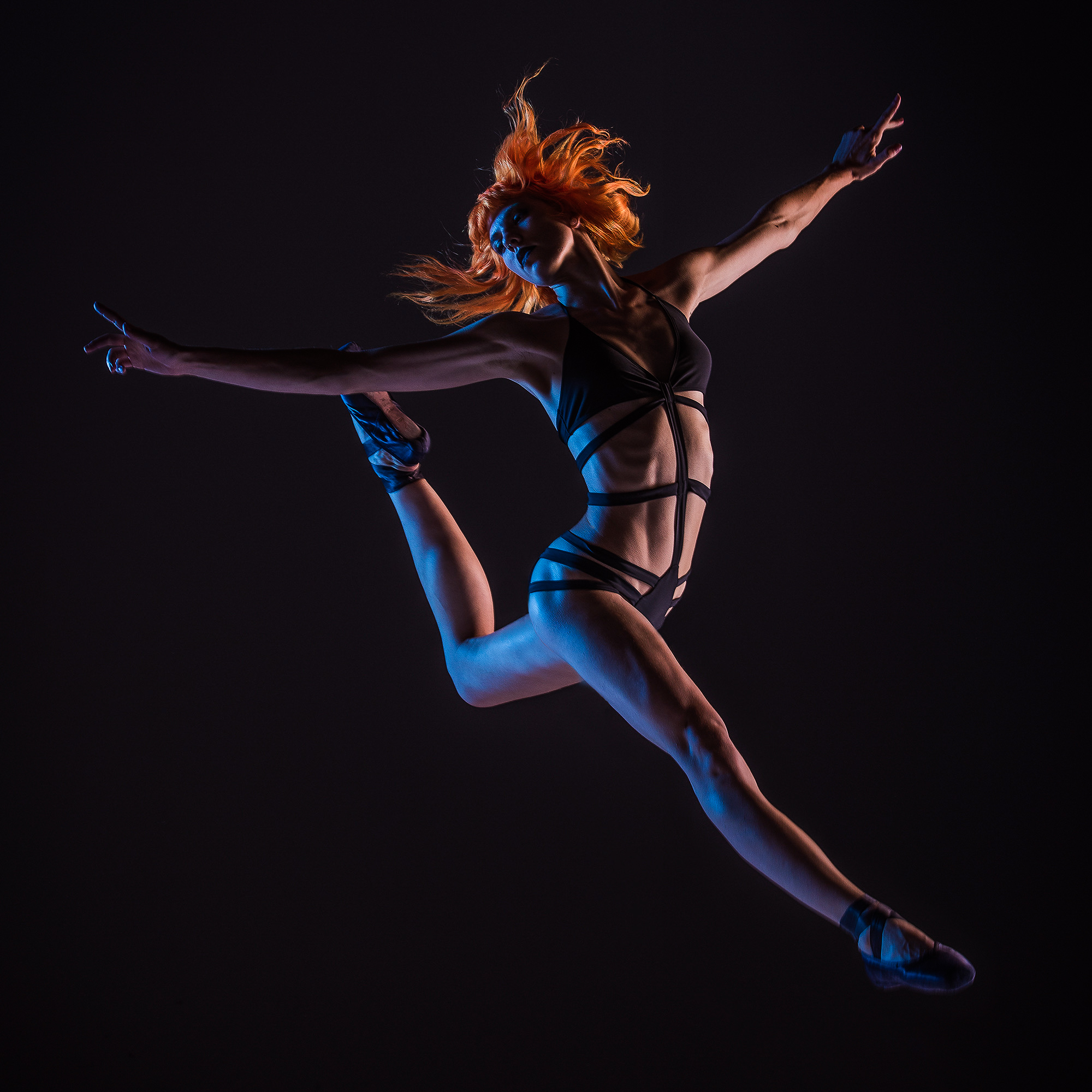
1) Freeze the action with flash
Your subjects will be on the move most of the time, so you need to concentrate on the job at hand to catch them crisp and sharp. For this, you need a fast shutter speed – at least 1/1,000 second. Typically your camera will sync to the flash at around 1/250 sec, so you’ll need to be in high-speed sync mode to freeze the action of these explosive performers.
• These are the best flash guns
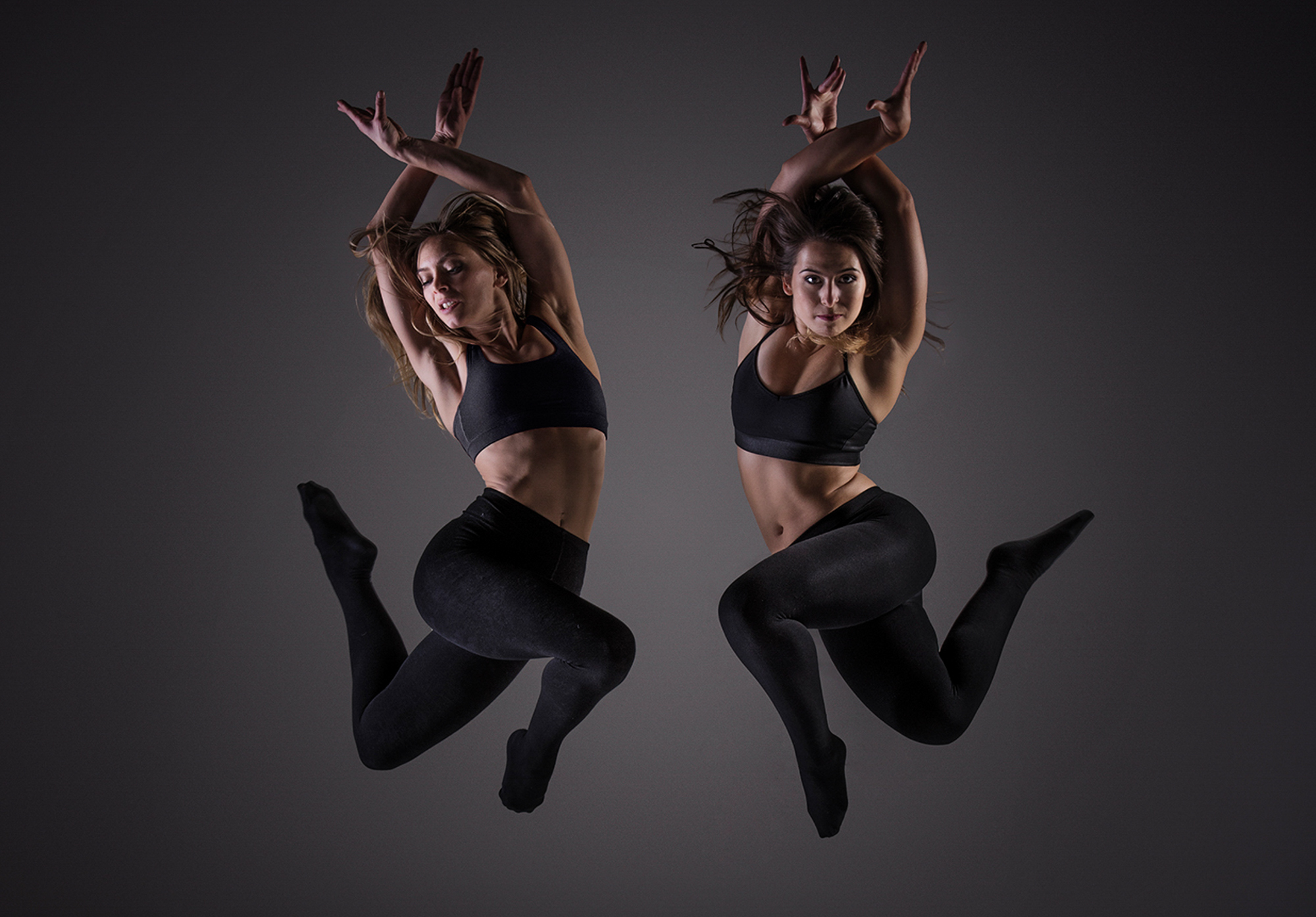
2) Show their faces
Since your subjects are on the move, it will be difficult to get a photo showing their faces. This is where experience can help: get to know your dancers and their routines. Move yourself around to find flattering angles. Their faces will bring a dynamic to your image and complete your shot. The decisive moment is down to you, but usually the height of a move is a great opportunity to fire off some shots.
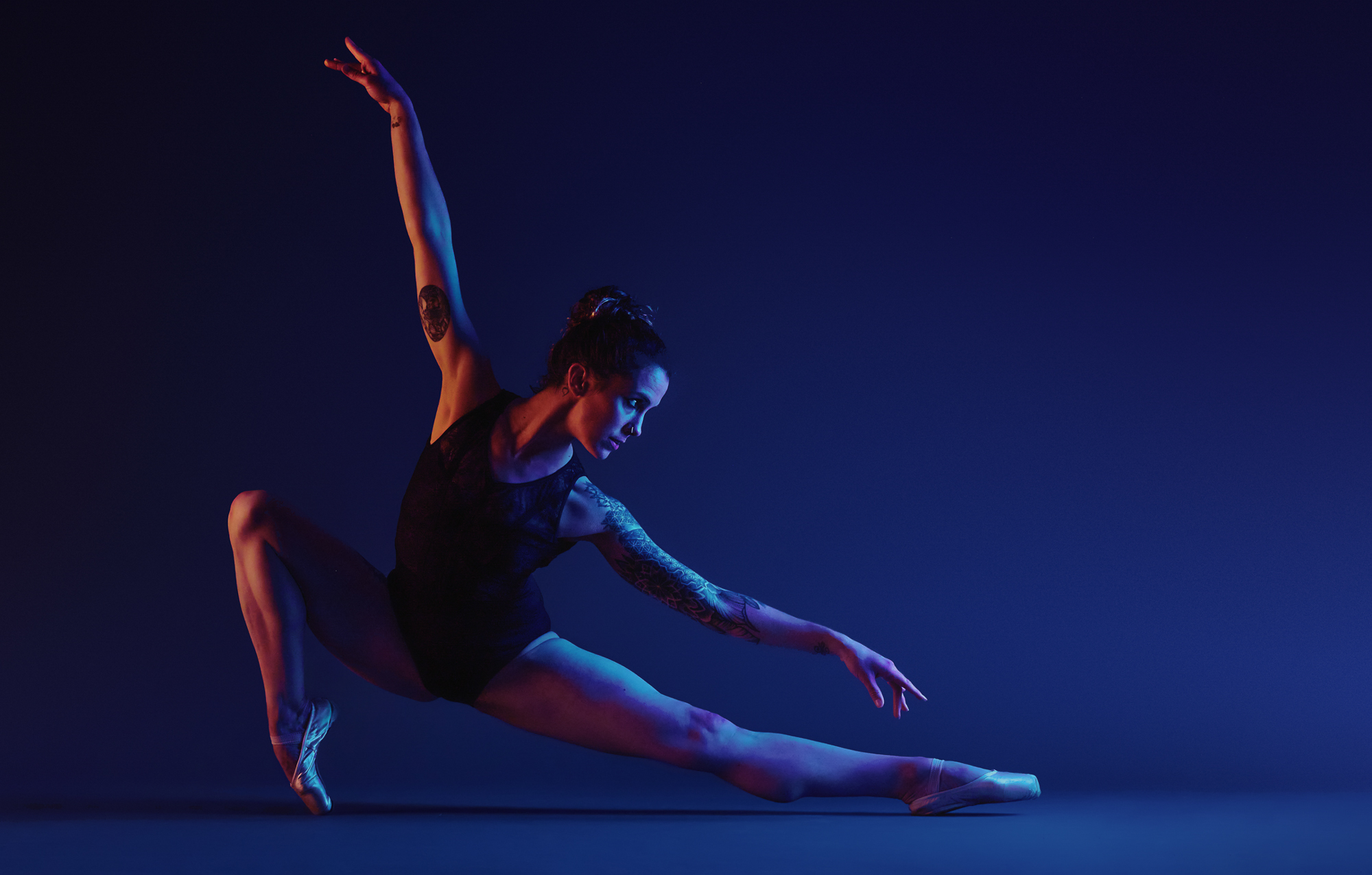
3) Understand lighting
Flash power and position are key to the style of your image and how the dancers’ bodies look on-screen. Ideally you want to light from the side or a 45-degree angle: this should bring shadow, shape and depth to your images. You can bring in extra lighting for your background, too. Avoid full lighting front-on: save that for corporate headshots instead.
Andre’s advice for successful shots
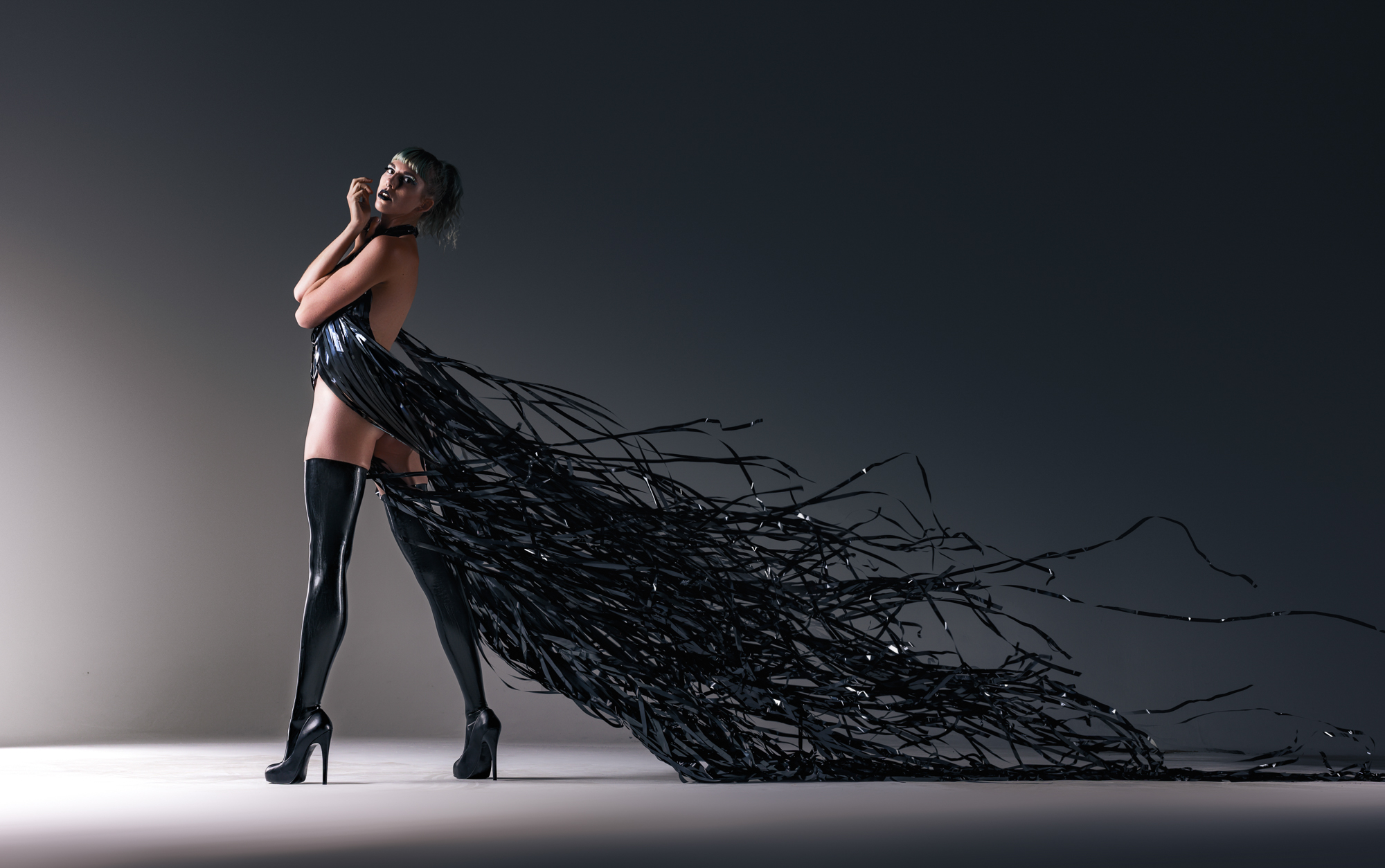
You want variety in your photos: one very simple way to do that is to ask your dancer to bring multiple outfits (or to supply them yourself). You can also introduce props: a simple sheer sheet or ribbons will create a beautiful movement within your shot.
Keep it classy! With limbs flying everywhere, you can end up with some extremely unflattering angles. They will be unavoidable when shooting in burst mode, but make sure your final selections show your dancers at their best. Review the images with your dancers; chances are they will know more about dance, technique and form than you. If it’s not perfect, you can easily set it up again and nail it.
Mix up your lighting, and use a variety of backgrounds: dark, light, plain and patterned. You want your images to be attention-grabbing and dynamic, full of power and poise. Last of all, move yourself around to find the best shot: don’t let the dancers do all the work.
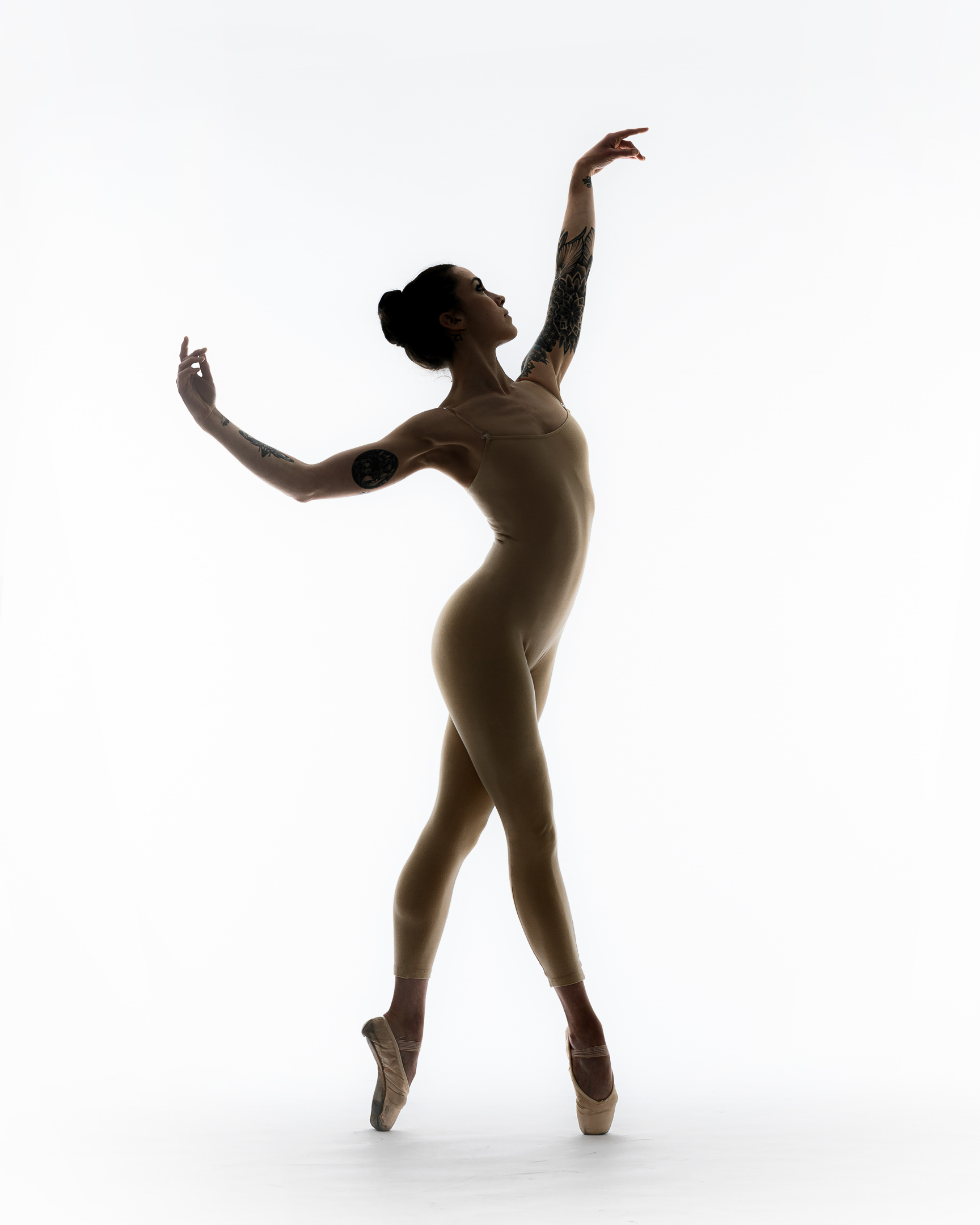
Vary your style
Don’t be afraid to mix things up. Once you’re working in harmony with your dancers, it’s easy to create a quick variation on your lighting technique. Here I underexposed the side lighting and turned up the background lights, which made for this almost silhouette-style image, which really stands apart from the rest. A little effort can yield a big reward for you and the dancers.
For more of Andre's work see his Instagram feed.
Read more:
The best light stands in 2022: tripods for studio flash heads and LED light panels
The best Nikon Z7 deals in March 2022
Subscribe to N-Photo and get a FREE Lowepro backpack worth £70!
Get the Digital Camera World Newsletter
The best camera deals, reviews, product advice, and unmissable photography news, direct to your inbox!
Digital Camera World is one of the leading authorities on camera and photography news, reviews, techniques, tutorials, comparisons, deals and industry analysis. The site doesn't just specialize in cameras, but all aspects of photography, videography and imaging – including camera phones, gimbals, lenses, lighting, editing software, filters, tripods, laptops, printers, photo books, desks, binoculars and more.
Whether you're using, looking to buy or trying to get the most out of a compact camera, action camera, camera drone, cinema camera, beginner camera or professional camera, Digital Camera World has a roster of experts with combined experience of over 100 years when it comes to cameras, photography and imaging.

